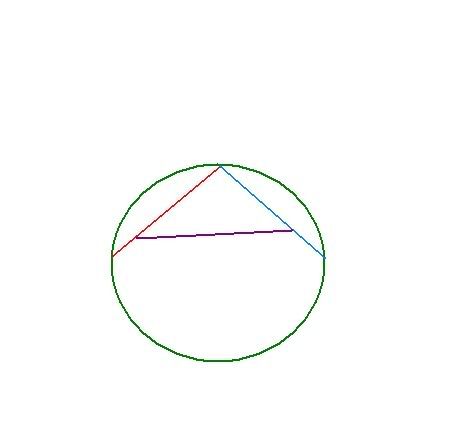dq72
ArboristSite Member
I own a 441 Stihl that's all stock and want to get a 32'' or 36'' bar/chain for it. I cut alot of firewood and most of it is 30'' across. Stihl offers 7,8 & 9 tooth drive sprockets. I currently run a 7 tooth with a 20'' b/c. I'm wondering if I should run a bigger sprocket to get more chain speed or just stay with the 7 tooth? And I'm thinking of running a full skip chisel chain in the hopes that it will cut through the wood faster without making the saw labor so much. I realize the saw is going to have to work harder to pull the longer chain but I'm trying to figure out the best bang for my buck. I'm looking for advice, opinions or suggestions from anyone on which sprocket and brand/style of chain to run. Thanks in advance.


























































